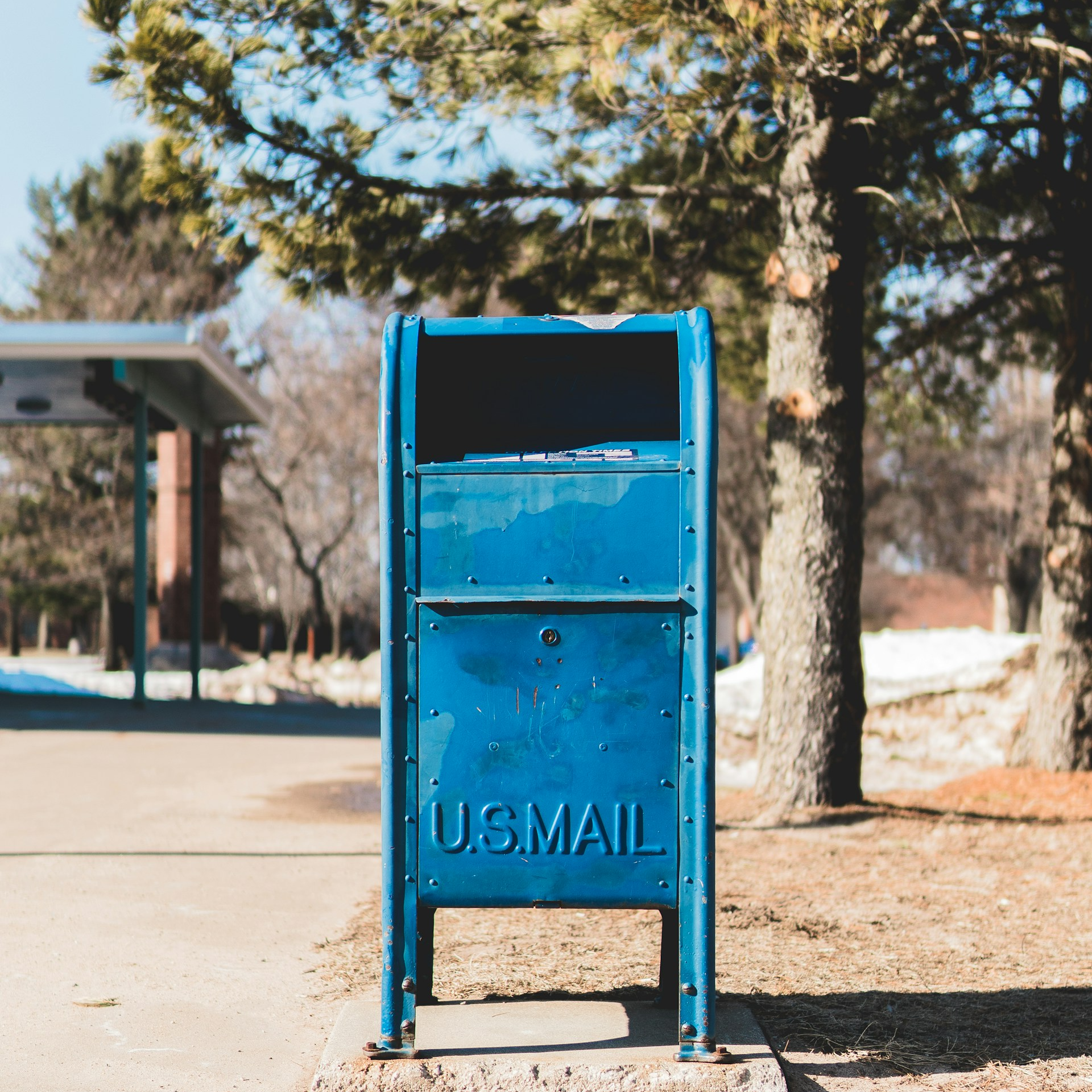Key Takeaways:
- Postal workers can protect their families through PSHB by understanding how coverage extends to dependents.
- Knowing the eligibility criteria and benefits of PSHB family coverage can ensure financial security and well-being for loved ones.
PSHB Family Coverage Explained – What Postal Workers Should Know About Protecting Their Loved Ones
Postal workers across the United States rely on their health benefits to keep themselves and their families secure. With the Postal Service Health Benefits (PSHB) program coming into effect, many postal employees are seeking clarity on how the PSHB family coverage works. For postal workers, ensuring their loved ones are covered through the PSHB is crucial to their overall peace of mind. This article will explore how PSHB family coverage works, who is eligible, and how postal workers can take full advantage of it to protect their families.
Understanding the PSHB Program
The PSHB is a health benefits program tailored specifically for postal workers and their families, taking effect from January 1, 2025. It was introduced as part of the 2022 Postal Service Reform Act, aiming to provide postal employees and retirees with more specific health coverage that caters to their unique needs. As part of the Federal Employees Health Benefits (FEHB) program, PSHB functions similarly but is designed to address the requirements of the postal workforce.
By transitioning into the PSHB, postal workers are placed into a separate risk pool from other federal employees. This allows for tailored coverage options, which may differ slightly in terms of benefits or premiums. However, the program still adheres to the broader guidelines of the FEHB system. One of the significant aspects of the PSHB is family coverage, which helps postal workers protect their dependents.
Who is Eligible for PSHB Family Coverage?
When postal workers enroll in PSHB, they must understand which family members can benefit from this coverage. Eligibility is similar to that of the FEHB program, ensuring coverage for:
- Spouses: Legal spouses of postal workers are eligible for family coverage.
- Children under 26: Biological, adopted, and stepchildren can be included in the coverage until they reach the age of 26, irrespective of their marital status or employment situation.
- Disabled Children: Children who are over the age of 26 but are unable to support themselves due to a physical or mental disability that began before turning 26 can also be covered.
It is essential for postal workers to ensure they meet all enrollment deadlines to prevent any lapses in coverage for their family members. Missing important deadlines can result in gaps in healthcare coverage for loved ones, which could be financially devastating in the long run.
How to Enroll in PSHB Family Coverage
The enrollment process for PSHB family coverage aligns with the Open Season enrollment periods, which occur annually. Postal workers can choose from various plans offered through the PSHB and must actively select the appropriate coverage level that suits their family’s needs. For those already enrolled in the FEHB program, there is no automatic transfer; postal workers must select a new plan under PSHB during the 2024 Open Season, which begins in November 2024.
During the enrollment process, employees should carefully assess the available plans to choose a suitable family coverage option. It’s essential to review the plan’s network of healthcare providers, prescription drug coverage, and the plan’s out-of-pocket costs. Since plans can vary in terms of the medical facilities they cover or the amount of cost-sharing involved, thorough research is necessary to find the most fitting plan for the postal worker’s family.
Protecting Loved Ones: What to Consider
When choosing PSHB family coverage, postal workers should keep several factors in mind to ensure that their loved ones are adequately protected:
1. Healthcare Needs of Family Members
Every family has unique healthcare needs. Some families may require frequent specialist visits, while others might prioritize access to preventive care. Postal workers should consider the medical history of their family members when selecting a PSHB plan. Reviewing past medical expenses can provide a better picture of what types of coverage will be most beneficial.
2. Network of Providers
Just as with any healthcare plan, the provider network is a critical factor in selecting family coverage. Each plan under PSHB will have a list of in-network doctors, hospitals, and specialists. Ensuring that family members’ preferred doctors are included in the network can help avoid unexpected out-of-pocket costs. Additionally, postal workers should verify if specialized care, such as pediatricians or mental health professionals, is part of the network.
3. Prescription Drug Coverage
If a family member is on regular medication, it’s important to review the prescription drug benefits offered under PSHB. Some plans may have more comprehensive drug coverage, reducing out-of-pocket expenses for postal workers. Being aware of any copays or restrictions related to medication is a crucial step in choosing the right family plan.
4. Cost-Sharing Considerations
While specific prices cannot be discussed, it’s important to understand the concept of cost-sharing under PSHB. Postal workers should carefully review how much they will be responsible for in terms of deductibles, coinsurance, and copays. This is especially relevant for families who anticipate frequent doctor visits or medical treatments. Understanding how these factors contribute to the overall cost of healthcare can help postal workers choose a plan that fits within their budget.
Ensuring Continuity of Coverage
One of the concerns for postal workers transitioning from FEHB to PSHB is ensuring continuous coverage for their families. To avoid gaps in healthcare access, postal workers must pay close attention to enrollment deadlines. Missing the window for enrolling in a PSHB plan could leave family members temporarily without healthcare, which may result in high medical expenses.
It’s also important to notify the PSHB program of any changes in family status, such as marriage, divorce, or the birth of a child, to adjust coverage accordingly. Timely reporting of these changes will help ensure that family members are covered without interruption.
Navigating the Enrollment Process
Navigating the enrollment process for PSHB can be daunting, especially for those who are new to the program. To make the process smoother, postal workers should:
- Start early: Don’t wait until the last minute to enroll. Give yourself ample time to review plans and make the best decision for your family.
- Keep documentation handy: Have essential documents like birth certificates, marriage licenses, and social security numbers available when enrolling family members.
- Ask questions: If unsure about any aspect of the enrollment process, postal workers should reach out to a licensed insurance agent for assistance.
Key Dates for Postal Workers to Remember
There are several key dates that postal workers should mark on their calendars:
- November 2024: This is when the Open Season enrollment for PSHB begins. During this period, postal workers can review and select their plans for the 2025 coverage year.
- January 1, 2025: The PSHB program officially begins, and any coverage selected during the Open Season will come into effect on this date.
Ensuring that family members are covered from day one of the PSHB program is crucial for maintaining continuous healthcare access.
Choosing the Right Family Coverage: Final Thoughts
The PSHB program offers postal workers an opportunity to ensure that their loved ones are covered under a healthcare plan that suits their specific needs. By understanding eligibility requirements, the enrollment process, and the key factors to consider when choosing a plan, postal workers can make informed decisions that protect their families. Proper planning and careful selection during the Open Season enrollment period will help avoid any disruption in coverage and ensure that postal workers’ families continue to have access to necessary healthcare services.








